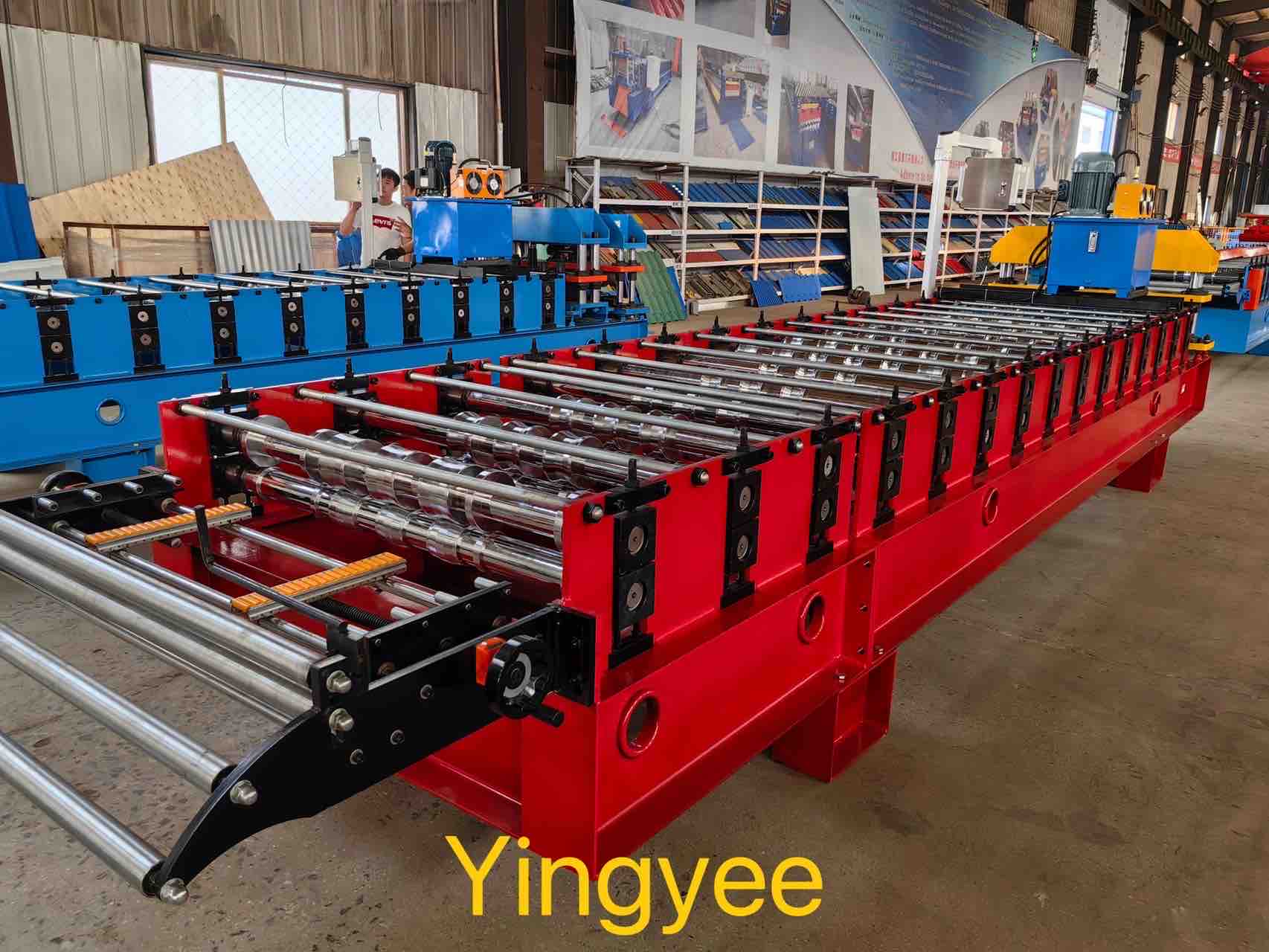
The Role of C-Channel and Wall Angle Frame Roll Forming Machinery in Modern Construction
In today's fast-paced construction industry, efficiency and quality are paramount
. Among the advanced technologies that have transformed traditional building methods are roll forming machines, particularly those designed for creating C-channels and wall angle frames. These machines have streamlined the manufacturing process, offering numerous benefits that enhance productivity and ensure structural integrity in various construction projects.C-channels, also known as C-sections, are indispensable components in the building industry. They serve as essential structural elements in load-bearing walls and frameworks. The C-channel’s design allows for strength while maintaining a lightweight form, making it ideal for various applications, including industrial buildings, warehouses, and residential structures. Wall angle frames, on the other hand, provide crucial support for drywall installations, helping to create a stable and durable boundary in interior spaces. Together, these materials contribute to energy efficiency, ease of installation, and overall durability in construction.
The roll forming machinery designed specifically for producing C-channels and wall angle frames is a marvel of modern engineering. These machines utilize a continuous process to shape metal strips into desired profiles. The raw material, usually cold-rolled steel or aluminum, is fed into the machine, where it undergoes a series of bending and shaping operations. The precision with which these machines operate ensures that the dimensions of each piece remain consistent, which is vital for structural integrity and compatibility during assembly.
One of the most significant advantages of roll forming machines is their ability to produce large volumes of material with minimal waste. Traditional methods of manufacturing channels and frames typically involve cutting and welding processes, which can lead to excess scrap metal. In contrast, roll forming processes optimize material usage, reducing costs and minimizing environmental impact. This aspect is increasingly important as the construction industry moves towards more sustainable practices, with a focus on waste reduction and efficient resource management.

Moreover, the use of automated roll forming machinery enhances productivity by reducing labor costs and increasing output speeds. Modern machines can operate at high speeds while maintaining exceptional accuracy. This efficiency not only accelerates project timelines but also allows construction companies to take on more projects simultaneously, thereby increasing profitability. Operators can program the machinery to produce different profiles and lengths, making it easier to cater to specific project requirements without significant downtime.
The durability of products manufactured by roll forming machinery also cannot be overstated. C-channels and wall angles created through this process have higher tensile strength and stability compared to those produced by other methods. When correctly utilized within structural applications, these elements can withstand considerable loads and stress, providing safety and reliability in construction. Furthermore, the metal used can be treated for corrosion resistance, ensuring longevity even in harsh environments.
The versatility of C-channel and wall angle frame roll forming machinery extends beyond basic construction needs. These machines can be adapted to produce specialized profiles for various industrial applications, such as electrical conduits, HVAC systems, and even custom architectural elements. This adaptability opens new avenues for design innovation in construction, allowing architects and builders to pursue creative solutions that were previously difficult to implement.
In conclusion, C-channel and wall angle frame roll forming machinery represents a significant advancement in the construction industry. Its combination of efficiency, precision, and adaptability makes it an invaluable tool for manufacturers and builders alike. As the demand for high-quality, durable, and sustainable construction materials continues to grow, the role of these advanced machines is likely to become even more crucial. By investing in such technology, construction professionals not only enhance their operational capabilities but also contribute to the evolution of modern building practices that prioritize safety, efficiency, and environmental stewardship. The future of construction is bright, propelled by the innovations brought forth by roll forming machinery.